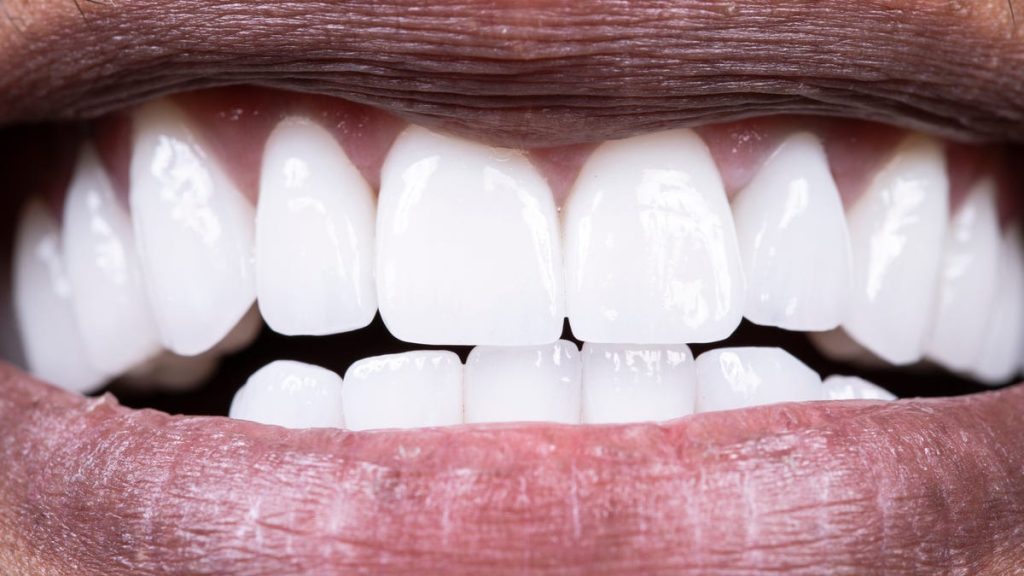Oral health is intrinsically linked to overall well-being, and the condition of our teeth can offer valuable insights into our general health. Neglecting oral hygiene can contribute to various health issues, including heart problems. Therefore, maintaining good oral hygiene and paying attention to any changes in our teeth is crucial. One such sign of potential oral health issues is the formation of a calculus bridge.
Calculus, also known as tartar, is hardened dental plaque. Plaque, a sticky film that coats teeth, contains bacteria that produce acid, which can erode tooth enamel. While plaque is a natural consequence of eating and can be easily removed through regular brushing and flossing, its accumulation and hardening into calculus pose a significant threat to oral health. Calculus cannot be removed by brushing or flossing alone and requires professional dental intervention. Its presence on teeth can contribute to tooth decay and gum irritation, leading to gum disease.
A calculus bridge forms when calculus deposits around individual teeth merge, creating a solid band spanning multiple teeth. This bridge is often visible as a yellowish, brownish, or even black or green stain near the gum line, and it tends to darken over time. Beyond its unsightly appearance, a calculus bridge can irritate the gums, causing inflammation, redness, and bleeding. If left untreated, it can lead to gum recession, exposing more of the tooth and increasing the risk of decay and potential tooth loss. Furthermore, calculus bridges can contribute to bad breath.
The formation of a calculus bridge is influenced by individual body chemistry, and the rate at which plaque calcifies varies from person to person. In some cases, plaque can harden into calculus within a day, and a significant portion of plaque left on teeth can calcify within two weeks. However, the development of a calculus bridge, where calculus extends across several teeth, typically takes several weeks. Crucially, even a few days of neglecting brushing and flossing can provide sufficient time for calculus deposits on individual teeth to connect and form a bridge.
Removing a calculus bridge requires professional dental care. Dentists employ a process called scaling, which involves using hand instruments or ultrasonic devices to remove tartar and plaque from the tooth and root surfaces, both above and below the gum line. While scaling is usually not painful, a deeper cleaning procedure called root planing may be necessary if the calculus extends below the gumline. Root planing, which involves smoothing the tooth roots and removing bacteria from below the gums, may cause some discomfort, but dentists typically use local anesthesia to minimize any pain.
Preventing the formation of a calculus bridge involves consistent and thorough oral hygiene practices. Daily brushing and flossing are essential to remove plaque before it hardens into calculus. Paying particular attention to the gum line while brushing is crucial. Replacing toothbrushes every three to four months, or sooner if the bristles fray, ensures optimal cleaning effectiveness. Regular dental checkups and professional cleanings are vital to remove any plaque and calculus that cannot be removed at home. These checkups are typically recommended every six months. Using an antiseptic mouthwash regularly helps reduce bacteria levels in the mouth. A healthy diet, limiting sugary and starchy foods, and drinking water after meals also contribute to maintaining good oral hygiene. Avoiding smoking and vaping is also strongly recommended as these habits can significantly contribute to calculus buildup and other oral health problems.
Ignoring a calculus bridge can lead to its growth and exacerbate symptoms like tooth discoloration and bad breath. More importantly, it significantly increases the risk of developing gum disease and tooth decay. Gum disease, affecting a substantial portion of the adult population, can progress from gingivitis (early-stage gum disease) to periodontitis (a severe gum infection), potentially leading to tooth loss. Poor oral health has also been linked to other health conditions, including heart disease, diabetes, and respiratory disease. Therefore, diligent oral hygiene practices and regular dental visits are crucial for maintaining both oral and overall health.
Regular dental visits, ideally every six months, are essential for preventing and treating calculus bridges. During these appointments, dentists can remove any calculus that has formed since the last visit, effectively preventing the development of a calculus bridge. If staining on teeth or changes in the gums are observed, seeking dental attention promptly is crucial.
In summary, a calculus bridge is a sign of neglected oral hygiene and poses a significant threat to oral and overall health. Its formation can be prevented through consistent brushing and flossing, regular dental checkups, and a healthy lifestyle. Professional dental intervention is necessary to remove a calculus bridge and prevent the development of more severe oral health issues. Prioritizing oral hygiene is an investment in overall well-being.

